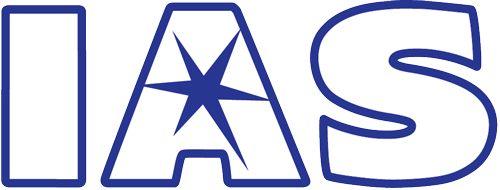



The International Astrocyte School is aimed at all those who are attracted by the most intriguing hypotheses on the role of astrocytes and other glial cells in brain function and dysfunction and wish to learn how to best approach these problems. The school, with its strategy of disseminating state-of-the-art knowledge, is especially targeted at young scientists beginning their careers in this field, but is also open to senior scientists wishing to refresh their glial background.

A hallmark of our School is the debate of intriguing concepts, often with contradictory data in current literature. One of the aims of the School is to critically evaluate the available data and possible interpretations, following rigorous and unbiased scientific approaches. Every year, the IAS Agora brings students and faculty together to discuss selected themes, in an open and informal fashion (when possible in the beautiful context of an open-air amphitheatre).
Application deadline:
EXTENDED TO
17 January 2022
Notification of selections:
24 January 2022
The organisers are working hard on the selection of this year’s applicants. Results will be communicated in the next days. Stay tuned!
Selected applicants must confirm their acceptance by:
2 February 2022
Payment:
21 February 2022
Alfonso Araque
(Minneapolis, MN, USA)
Giorgio Carmignoto
(Padua, Italy)
Richard Robitaille
(Montréal, QC, Canada)
Paulo Magalhães
(Padua, Italy)
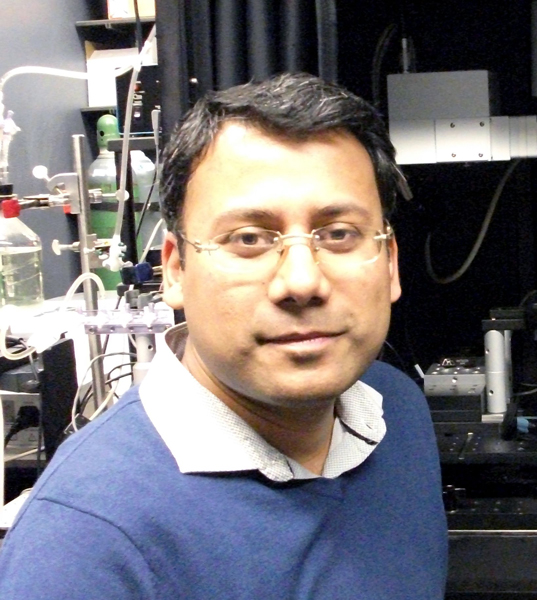
Amit Agarwal is the Chica and Heinz Schaller Research Group Leader at the Institute for Anatomy and Cell Biology, Heidelberg University, Germany. He received his Ph.D. in neurosciences, at the Max-Planck Institute of Experimental Medicine, Göttingen, Germany with Dr. Klaus-Armin Nave. He performed his post-doctoral training from 2010 to 2017, in the Department of Neuroscience at the Johns Hopkins University, USA with Dr. Dwight Bergles. The Agarwal laboratory uses optophysiology and in vivo multiphoton microscopic techniques, single-cell genetics, mouse transgenics, and computational methodologies to decipher cellular connectivity and molecular pathways by which neurons and glia interact, interconnect and integrate into the neural networks. The focal aim of his laboratory is to understand the functional significance of these neuron-glia connections in the neural circuits, and their role in cognition, learning, and memory; and study how disturbances in these fine cellular interactions can contribute to various neurological and psychiatric disorders ranging from multiple sclerosis to autism.
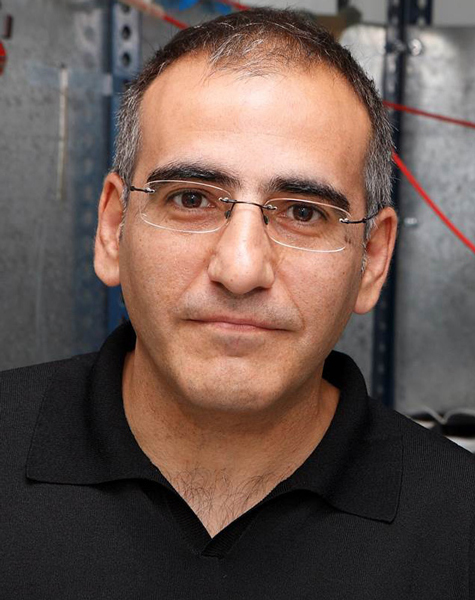
Alfonso Araque is Professor in the Department of Neuroscience at the University of Minnesota since 2013. He obtained his Ph.D. in 1993 in Biological Sciences at Universidad Complutense de Madrid. He did his postdoctoral research with Dr Phil Haydon at the Iowa State University, Ames, USA, from 1996 to 1999, studying astrocyte-neuron communication in cultured cells. He established his independent laboratory in 2001 at the Cajal Institute in Madrid, Spain, where he continued to study the properties and mechanisms of the reciprocal communication between neurons and astrocytes. He was Coordinator of the Biomedicine area of the National Agency for Evaluation and Prospective in Spain, Vice-President of the Spanish Society for Neuroscience. He is editorial board member of Cell Calcium, Glia and eNeuro. His major contributions include: the first demonstration of astrocyte-induced slow inward currents (SIC) mediated by calcium and SNARE-protein dependent glutamate release from astrocytes; the ability of astrocytes to discriminate between the activity of different synapses and to integrate those inputs, which indicate that astrocytes show integrative properties for synaptic information processing; the existence of new forms of neuron-astrocyte signaling mediated by endocannabinoids; the ability of astrocytes to regulate synaptic transmitter release at single hippocampal synapses; the existence of a form of long-term potentiation (LTP) of synaptic transmission induced by the temporal coincidence of astrocytic and postsynaptic signalling; the ability of endocannabinoids to potentiate synaptic transmission through stimulation of astrocytes; the involvement of astrocytes in the cholinergic-induced LTP in vivo; and the circuit- and synapse-specific astrocyte-neuron signaling in the striatum.

Dr Giorgio Carmignoto is group leader at the Institute of Neurosciences which belongs to the National Research Council (CNR), the main public research organisation in Italy. He is also associated with the Department of Biomedical Sciences of the University of Padua. The central theme of his research is the specific signalling between neurons and astrocytes investigated by laser-scanning microscope living cell imaging and patch-clamp recording techniques. Among obtained results are the first evidence for the ability of astrocytes i) to be activated by neurotransmitter synaptic release in slice preparations; ii) to work as principal mediators of neurovascular coupling; iii) to generate neuronal synchrony by acting on extrasynaptic NMDA receptors. His research is now focused on the role of astrocytes in epilepsy.
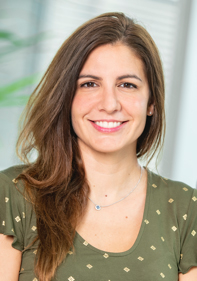
Dr. Cristina García Cáceres is an Associate Director and Head of Astrocyte-Neuron Network Department at the Institute for Diabetes and Obesity at Helmholtz Center Munich in Germany. Her research is aimed at unraveling molecular underpinnings of physiological and pathological aspects of astrocyte-neuron signaling in the control of metabolism to ultimately pursue breakthrough discoveries with translational potential in this relatively unexplored field. During the last decade, she has made pioneers studies supporting the relevance of the functional roles of hypothalamic astrocytes for the brain control of systemic metabolism and feeding behavior. She has authored publications in field revealing that astrocytes like neurons are able to respond to hormones providing a new perspective onto central control of energy homeostasis questioning the prevailing neuronal-centric view, which may represent one of the lack of success with discovering and developing more effective and safe drugs for obesity and other brain disorders. In this regard, Dr. García Cáceres has showed for the first time that the brain control of systemic energy and glucose metabolism is not only involving specific neurocircuits, but also depends on astrocytes. These findings published in Cell (García-Cáceres C., et al., Cell 2016) and awarded by ERA-NET NEURON for the most “Excellent Paper in Neuroscience 2017”, represent a paradigm shift in how sugar is delivered into the brain, until then thought to be an insulin- independent process. Building on her discoveries, she has been recently awarded with the prestigious ERC Starting Grant.
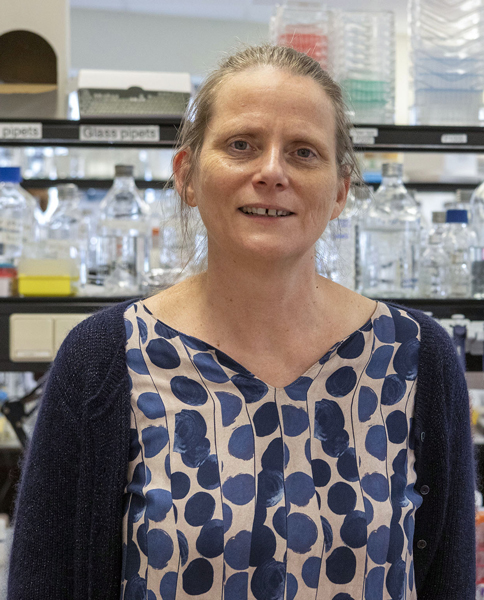
Elly Hol is professor of “Glia biology of brain diseases” at the Utrecht University, head of the department of Translational Neuroscience at the University Medical Center Utrecht, and a member of the Academia Europaea. Her research is focused on the role of glial cells in brain diseases. The overall aim is to elucidate the molecular and functional changes in glia that contribute to the pathogenesis of neurological and psychiatric diseases. Her work is translational and includes studies on glial cells in human post-mortem brain tissue, in human cell models, and in mouse models for brain diseases. Elly was trained as a medical biologist with a specialization in molecular neurobiology. After her PhD in Utrecht, she obtained a Max-Planck Fellowship to work at the Max-Planck-Institute for Psychiatry in Martinsried. In 1997, she started as a post-doc at the Netherlands Institute for Neuroscience in Amsterdam, and between 2003 and 2013 she headed the group “Astrocyte Biology & Neurodegeneration”. As of 2013 she works as a principal investigator at the department of translational neuroscience, UMC Utrecht Brain Center. She is in the editorial board of Glia, member of the scientific advisory board of Alzheimer Nederland, chair of the scientific advisory board of Parkinson Nederland, chair of GliaNed, director of the Neuroscience Master and PhD program of the Utrecht University Graduate School of Life Sciences, and director of education Division Neuroscience at the UMCU.
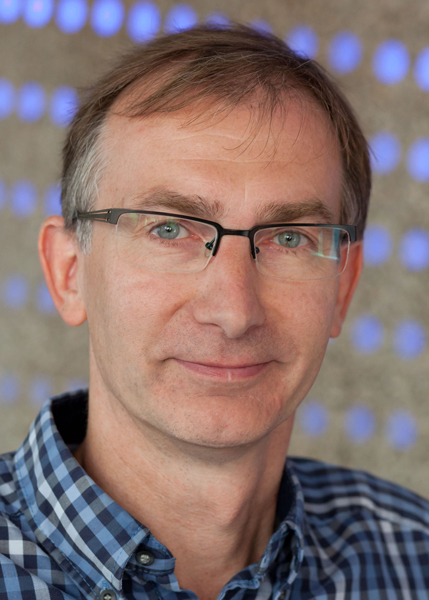
Frank Kirchhoff is Chair of the Department of Molecular Physiology at the University of Saarland in Homburg, Germany. He studied biochemistry at the University of Hannover, received his PhD degree in neurobiology from the University of Heidelberg and habilitated in biochemistry at the Free University of Berlin. After postdoctoral periods at the University of Heidelberg and the Max-Delbrück-Centrum for Molecular Medicine, Berlin, he started his research group ‘Glial Physiology and Imaging’ at the Max Planck Institute of Experimental Medicine, Department of Neurogenetics in Göttingen in 2000. In 2009, he was appointed as full professor at the University of Saarland. He is Editorial Board Member of GLIA and Journal of Chemical Neuroanatomy. His research addresses the molecular and cellular mechanisms of neuron-glia interactions using transgenic mouse models and in vivo-imaging. He developed a series of transgenic mice with cell-type specific fluorescent protein or inducible cre DNA recombinase expression in various glial cells. These mice appeared as valuable tools to study the structural dynamics of glial cells and the function of glial transmitter receptors in vivo.
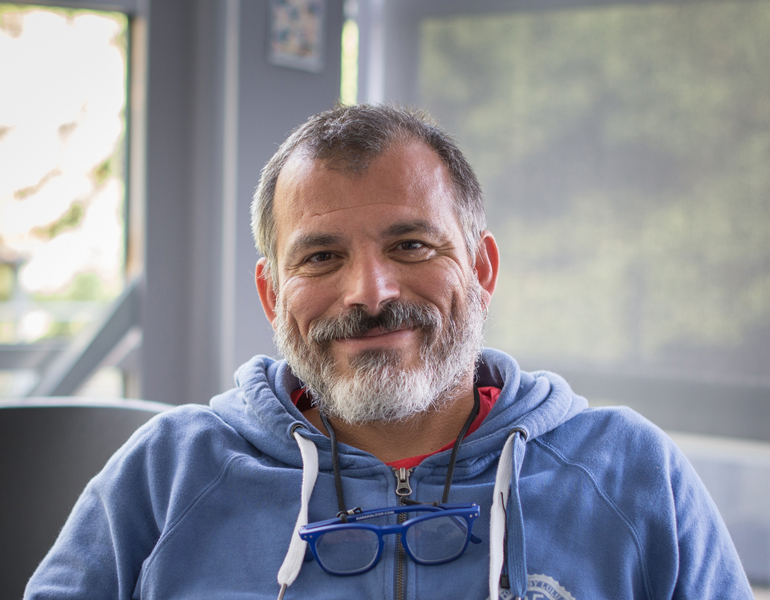
Dr. Giovanni Marsicano is a tenured researcher at Inserm. He leads the group “Endocannabinoids and Neuroadaptation” at the NeuroCentre Magendie, an INSERM and University of Bordeaux Research Center devoted to neuroscience. Dr. Marsicano is a Veterinary Medicine Doctor as formation. After his diploma, he worked on research related to Embryonic Stem Cells from farm animals and to xenotransplantation models in Italy for 4 years. He then moved to the Max-Planck Institute of Psychiatry in Munich for a PhD student position, where he initiated the work on the role of type-1 cannabinoid receptors (CB1) and of the endocannabinoid system (ECS) in brain physiology, which since has been his main research interest. The subject of his PhD thesis was the generation of conditional mutants for CB1 and anatomical and functional studies on the mechanisms of action of the ECS. After PhD graduation in 2001, he made two post-doctoral periods in Germany and moved to Bordeaux in 2006 (recruited as Inserm senior scientist in 2007) to lead his independent research group. He is member of the SfN, the French Society of Neuroscience, the International Cannabinoid Research Society (ICRS) and of the International Society of Neurochemistry (ISN). By using conditional mutagenesis in mice and behavioral, biochemical and electrophysiological tools, his work contributed defining the role of CB1 in specific cell populations in learning and memory, food intake and energy balance, anxiety, stress-coping and others. Through a clear bottom-up scientific approach, these studies allowed exploring some general principles of brain functioning, such as the balance between excitation and inhibition, the interactions between the brain and the periphery, the importance of energy metabolism in brain functions and, more recently, the interaction glial-neurons. In 2012, by generating conditional mutant mice lacking CB1 receptors from GFAP-positive cells, he contributed to define the role of astroglial CB1 receptors in the working memory effects of cannabinoids and on their in vivo electrophysiological correlates. Since then, the role of astroglial CB1 receptors became one of the most important lines of research in his group. In particular, published and ongoing studies deal with the impact of CB1 receptors on gliotransmission and bioenergetic functions of astrocytes. Dr. Marsicano will present a brief critical analysis of advantages and limitations of behavioral approaches in neuroscience and will summarize the recent results of his team concerning the roles of astroglial CB1 receptors in brain functions.
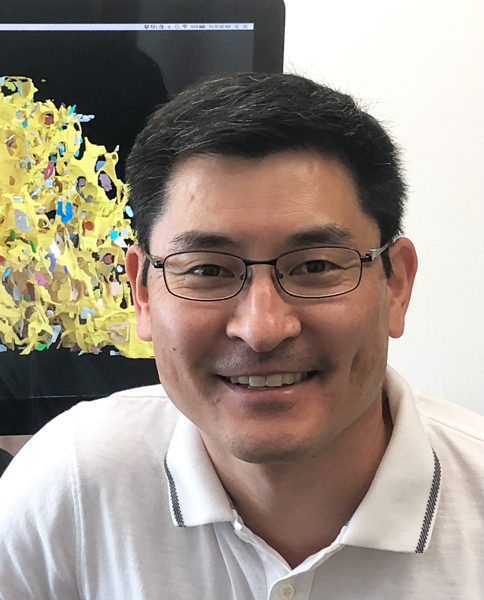
Keith Murai is the Director of the Centre for Research in Neuroscience at McGill University, Leader of the Brain Repair and Integrative Neuroscience (BRaIN) Program at the Research Institute of the McGill University Health Centre, and Professor in the Department of Neurology and Neurosurgery at McGill University. His research focuses on: (1) Understanding how neurons and glial cells cooperate to regulate brain development, cellular heterogeneity, and homeostasis, and (2) Discovering mechanism that regulate the plasticity of synapses that underlie memory formation and cognition. His research group also interlaces preclinical models of Down syndrome and Alzheimer’s disease to better understand how specific neuronal and glial pathways become disrupted under pathological conditions and how activating/inhibiting specific pathways can protect the diseased or injured brain. His laboratory uses advanced genetic, imaging, physiological, and optogenetic techniques and has pioneered approaches for understanding glial cells in brain function.
https://www.mcgill.ca/crn/research/murai
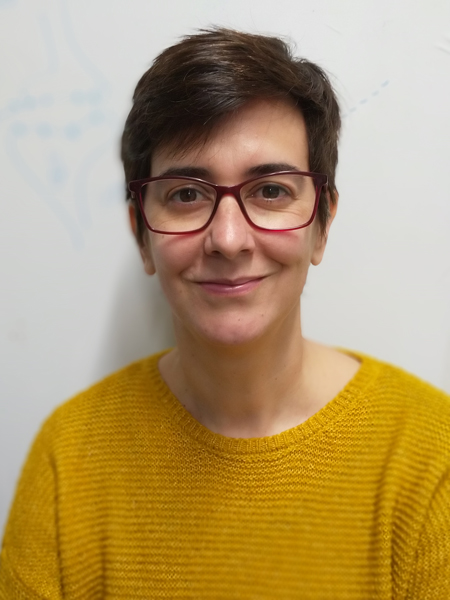
Gertrudis Perea is staff scientist at the Spanish National Research Council (CSIC) and Head of Neuron-Glia Networks Lab at the Cajal Institute, Madrid, Spain. She received her PhD in 2006 in Neuroscience, at the Autonoma University of Madrid (UAM), Spain with Prof. Araque. She performed her post-doctoral training from 2007 to 2013 at the Cajal Institute with Prof. Araque, and Picower Institute for Learning and Memory (MIT, Cambridge, USA) with Prof. Mriganka Sur. As of 2014 she works as a principal investigator at the Department of Functional and Systems Neurobiology, Cajal Institute (CSIC). She was Vice-President of the Spanish Society for Neuroscience (2019-2021). She is editorial board member of Glia, Frontiers in Cellular Neuroscience - Non-Neuronal Cells, Brain Sciences - NeuroGlia section. The Perea lab is focused in understanding the role of astrocytes in the neural coding underling brain activity and complex animal behaviors. Her results have contributed to consolidate the concept of Tripartite Synapse in Neuroscience, showing that astrocytes can modulate neuronal activity targeting presynaptic and postsynaptic receptors, being involved in plasticity processes. Combining molecular approaches, electrophysiology, imaging techniques, optogenetics and behavioral tests, she investigates the role of astrocytes in the synaptic and circuits function in health and neurological and psychiatric disorders.
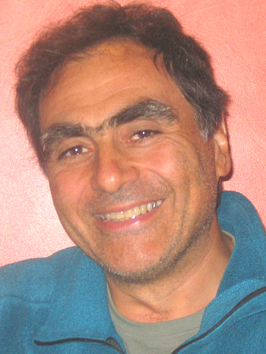
Gian Michele Ratto graduated in Physics at the University of Genoa and received his post doctoral training in Berkeley (with Roger Tsien) and in Cambridge (with Peter McNaughton). After a lectureship at the University of California in Davis he became tenured scientist at the Institute of Neuroscience in Pisa. He moved to the Physics laboratory of Scuola Normale in 2008 where he heads the in vivo imaging laboratory. The lab is interested in the cellular mechanisms at the basis of synaptic plasticity in physiological and pathological conditions using two photon imaging, electrophysiology and targeted delivery of genetically encoded sensors as principal tools of the trade.
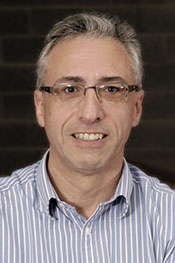
Richard Robitaille is a Professor in the Département de neurosciences at Université de Montréal, Montréal, Canada. He is the director of the research group on the central nervous system (GRSNC) at Université de Montréal. He received his Ph.D. in 1989 in Neurobiology at Université Laval with Dr Jacques P. Tremblay. He did his post-doctoral training with Dr Milton P. Charlton in the Department of Physiology at the University of Toronto from 1989 to 1993. He then started his independent research activities in 1993 at Université de Montréal where he stayed since. He received number of national and international awards at all stages of his career. He is an associate editor for the journal Glia and Current Opinion in Physiology. His research focuses on the role of glial cells in the regulation of synaptic functions in normal as well as in pathological conditions. He uses mammalian neuromuscular junctions and acute brain slices as experimental models. He addresses the role of glial cells in the regulation of basal synaptic transmission and the regulation of synaptic plasticity. He also studies the contribution of glial cells in the outcome of synaptic competition, during aging and in ALS.